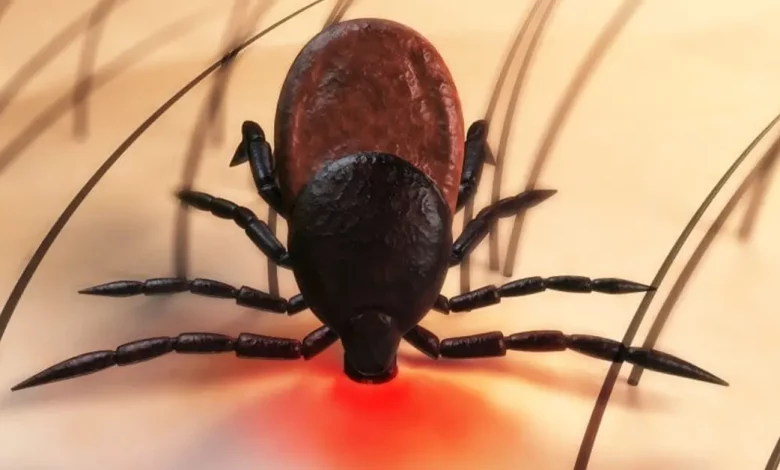
Context: Two persons have so far died from the Kyasanur Forest disease in Karnataka this year bringing the total number of deaths from the disease to over 560 since 1956.
More about the news:
- The number of cases in some districts is increasingly high leaving the Health and Family Welfare Department to think of control measures.
- Between this year and now, the department has done 2,567 tests of which 68 are positive for the disease.
Kyasanur Forest Disease:
About:
- The disease which is referred to as Monkey fever or Kyasanur Forest disease is caused by KFDV virus. It was found for the first time in 1957 in a sick monkey in the Kyasanur Forest.
- Humans can get infected either from tick bites or by coming into contact with animals that are infected especially when infected with monkeys especially if they are sick or dead.
- The virus transmission between people has not been evidenced.
- It was observed first in a sick monkey from Kyasanur Forest in Karnataka which was found in 1957.
- Since then, about 400-500 human cases are reported annually. KFD has transformed into a major public health concern, penetrating the Western Ghats region.
Symptoms:
- The incubation period of the Kyasanur Forest Disease (KFD) is approximately between 3 and 8 days.
- Individuals may suffer from symptoms including chills, fever, headache, muscle pain, vomiting and gut issues at the beginning.
- Bleeding could occur a few days after as well. Some patients may have low blood pressure and also be anaemic with low levels of platelets, red and white blood cells.
- Some of the patients may present with a subsequent geriatric phase during 1-2 weeks, characterised by fever and neurological signs like severe headache, mental confusion, tremors, and vision problems.
Preventive Measures
- To prevent monkey fever, various strategies are employed. In areas where the disease is prevalent, a vaccine is administered.
- Additionally, measures such as using insect repellents, wearing protective clothing in areas with ticks, and avoiding contact with potentially infected animals are recommended.
- It is also crucial to control tick populations in wildlife and maintain good hygiene to prevent the disease from spreading.
Treatment:
- KFD has no target treatment interventions.
- Management of this condition consists of admitting patients to the hospital as soon as possible and administering supportive therapy.
- The essence of supportive therapy is keeping patients well hydrated and giving due precautions for the bleeding disorders.
- In the beginning of the disease a diagnosis can be done by using molecular detection techniques such as PCR or by isolating the virus from the patient’s blood.
- With progression of the disease, an enzyme-linked immunosorbent serologic assay (ELISA) can be employed for serologic testing to support the diagnosis.
Source: India Today





.png)



